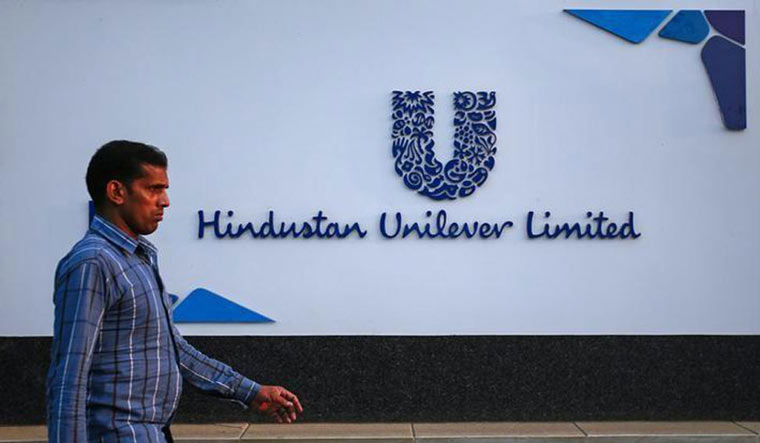Hindustan Unilever, the largest fast-moving consumer goods maker in the country, has warned that the operating environment in the near term is likely to remain challenging as commodity costs remain elevated and COVID-19 cases are surging again.
A rise in commodity costs has forced companies, including HUL, to raise prices across products and categories in the last few months, which has in turn hurt volumes, particularly in the rural areas.
The maker of Red Label Tea and Surf detergent reported a 17 per cent year-on-year rise in net profit in the October-December quarter at Rs 2,243 crore, compared with a year-ago profit of Rs 1,921 crore. Its quarterly revenue rose 10 per cent to Rs 12,900 crore from Rs 11,682 crore.
Its volume (number of units sold) in the December quarter grew at just 2 per cent, versus 4 per cent in the September quarter, primarily on the back of slowing rural demand.
“These are unprecedented times. We have not seen inflation, like what we are seeing now, happening in many years. It is not just one product, it is not linked to India, it is a global phenomenon,” Sanjiv Mehta, chairman and MD of HUL said on Thursday.
He said one way of giving rural consumption a boost would be by putting more money in the hands of rural consumers.
“While the headline value growth is very much there in rural areas, but the volume has become negative. It is very clear that the only way for the rural consumers to cope with this kind of inflation would be to get more money in their hands and this could be done through various interventions,” said Mehta.
He feels that the relief that the government has provided to the rural consumers in the last two years needs to be extended in the coming financial year as the economy is still in the process of recovering.
“At the end of this fiscal year, the economy would be of the same size what it was two fiscals back. So, the government would need to spur demand, spur private consumption,” he said.
For FMCG companies, packs in low and attractive price points like Rs 1, Rs 5 and Rs 10, make for a big chunk of sales in rural and low-income households. In HUL’s case, these price point packs account for as much as 30 per cent of its business.
Typically companies, including HUL, don’t raise prices of such packs but adjust the volumes according to underlying pricing pressures. This has had an impact on the rural volume growth, which is now in negative territory, while urban growth has been flat, HUL says pointing to data from market research firm Nielsen.
Rising costs of palm oil, which is a key ingredient in skin cleansing products and soaps and crude oil derivatives, which are used in the laundry and household care business are among the major inflationary drivers for HUL. Almost two-thirds of its business is exposed to commodity, according to Ritesh Tiwari, CFO.
Much of this inflation that is being witnessed across businesses and sectors, has been driven by supply-side disruptions caused by the pandemic and lockdowns at different times in different markets over the last two years.
Commodity costs are cyclical and Mehta is hopeful that there should be some moderation of inflation beginning to happen in the second half of the calendar year 2022.
Varun Lohchab, an analyst at HDFC Securities recently in his FMCG sector earnings preview mentioned that there was likely to be a sharp volume deceleration in the third quarter, although aggressive price hikes taken by companies across categories should contribute heavily to revenue growth.
“We expect the near-term demand to continue to be under pressure. We remain cautious and selective within the sector due to an unfavourable medium-term risk-reward, given absolute growth has been modest, relative to expectations and valuations,” said Lohchab.
HUL shares slumped 2.1 per cent to close at Rs 2,261.60 on the BSE on Thursday, while the wider FMCG index ended 1 per cent lower. The benchmark Sensex tumbled 1.1 per cent, or 634 points, on broad-based selling.





